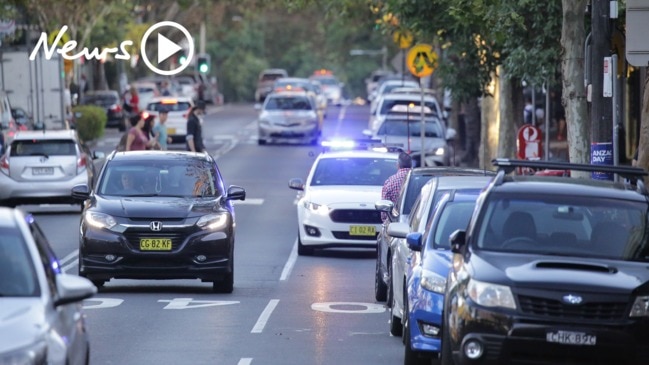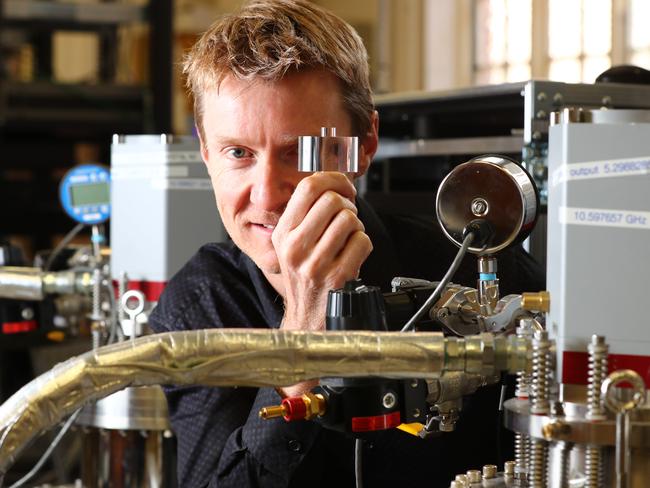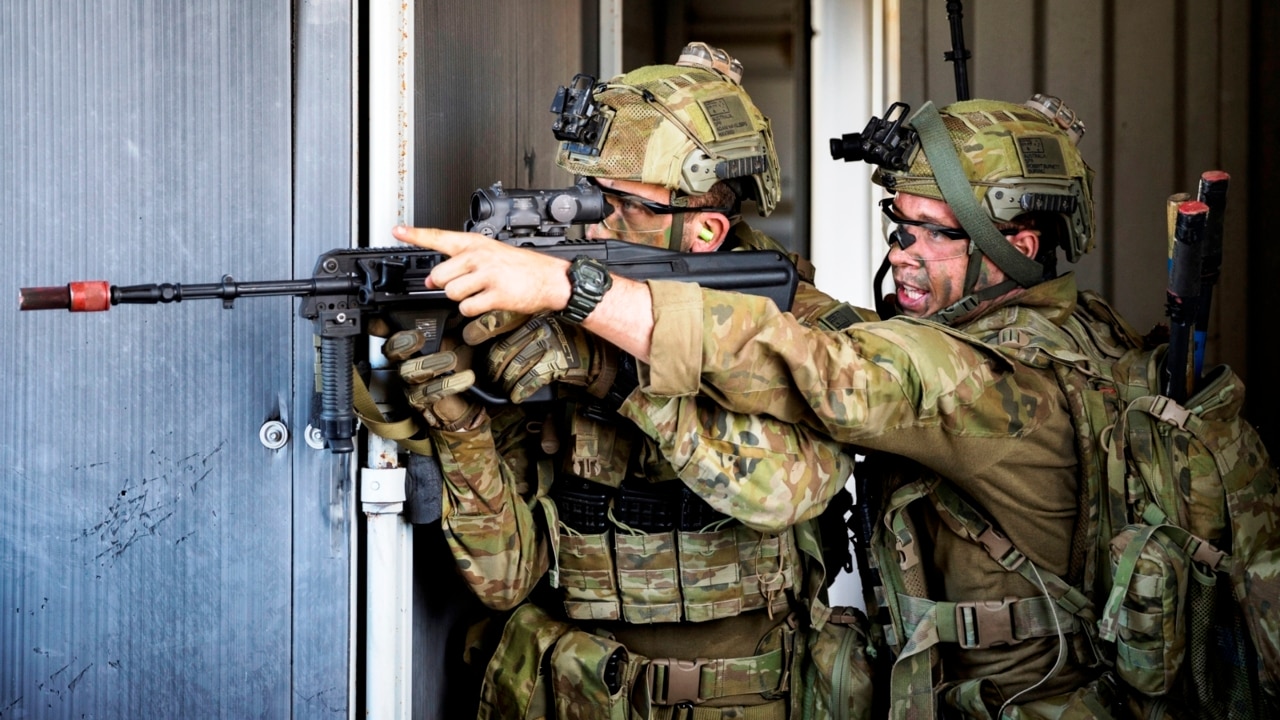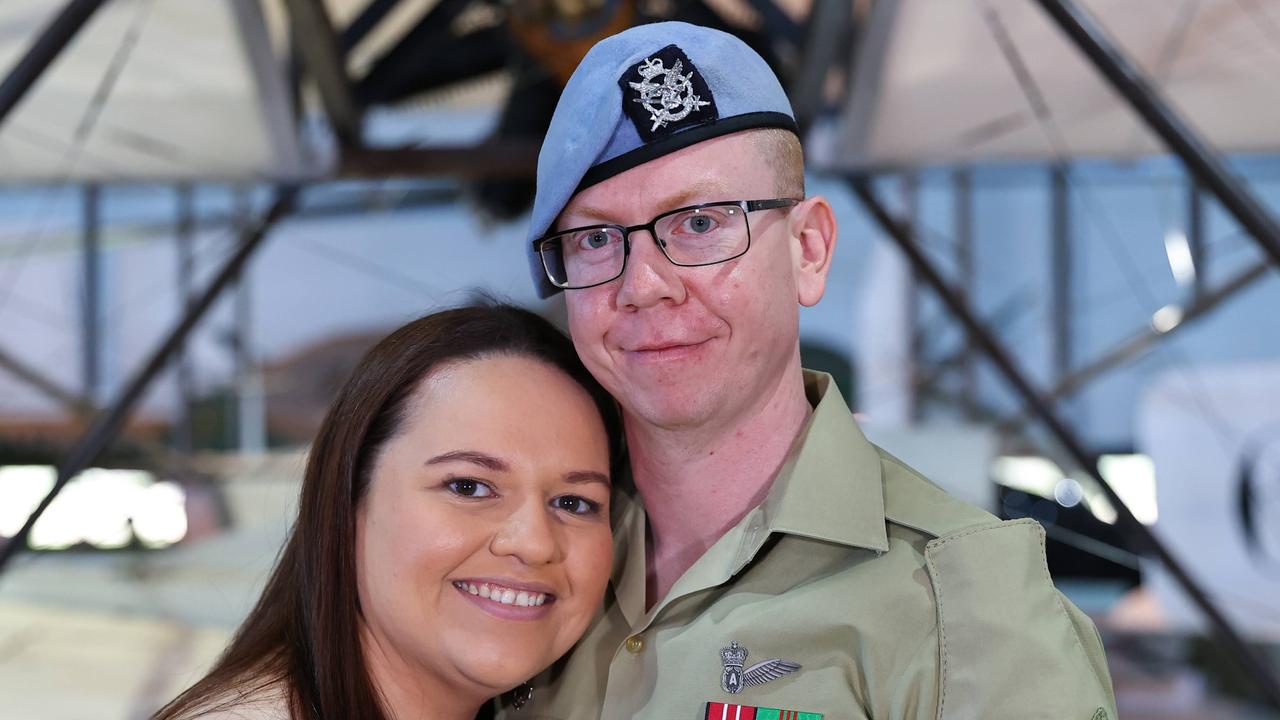How this crazy clock can find threats to Australia
IT’S A doomsday clock of a different kind and it can pinpoint threats to our nation with precision accuracy.

A CLOCK that will protect Australia is about to be integrated into our defence systems to pinpoint any threats targeting our nation.
In fact, the clock is the best in the world because of its ability to hold time better than anything else.
Basically, the Sapphire Clock keeps time within one second over 40 million years.
The reason that’s important is because its precision accuracy enhances our current defence radar system, allowing even more detailed information to be received about missiles, planes and ships that could be a threat to Australia.
University of Adelaide’s Institute for Photonics and Advanced Sensing director Professor Andre Luiten said the technology that could save Australia came about in a “dusty basement” 20 years ago.
Scientists have spent decades perfecting the advanced device that has the potential to be rolled out to other industries such as our telecommunications network.
Prof Luiten said accurate clocks were what was needed to make so many everyday devices work better which was why such work was so important.
“Accurate clocks are sitting inside lots of things,” he said. “When you want things to work together nicely you need to have clocks everywhere, they’re buried inside devices.”

The Sapphire Clock was designed to work alongside Australia’s current linchpin for defence, the Jindalee Over-The-Horizon Radar Network (JORN) system, to emit signals that are 1000 times purer than current methods, which means even smaller objects can be seen at even greater distances.
The JORN system uses radar signals to observes things such as planes and ships far away from Australia.
The radar works by broadcasting signals with information as to how far these objects are and where, encoded in radio waves that bounce between the atmosphere and earth.
“The better signals you can send out the better information you can drive,” Prof Luiten explains.
“Sending a pure signal with radar depends on access to clocks, and the better quality the clock, the better information.
“It’s pretty magic stuff, they’re sending signals out and a tiny, tiny amount of that power comes back. The purer the signal, the smaller the change you can measure in the signal coming back and that gives you more precise information.
“This will make all Australians safe.”
The clock gets its name from the piece of sapphire it uses, which ticks better than other materials such as the quartz found in our watches or mobile phones.

The sapphire operates at an extremely low temperature — four degrees above absolute zero or minus 269C.
“At that crazy low temperature it basically is a perfect vibrating bell,” Prof Luiten said.
“The analogy is if it was a bell and you struck it, it would ring for more than a month.
“It’s like a glorified grandfather clock, it repeats over and over again and it repeats in a very particular way.”
Prof Luiten said he and his colleagues hoped the clock would do more than protect Australians.
“This will hopefully do more than safeguard Australians but generate jobs and wealth,” he said.
“One of the really exciting markets is the next generation of mobile phones, 5G, that requires really good timing systems at the base of this telecommunication network.
“It would be an absolutely huge market. That’s the long-term vision.
“Our clock is the best clock in the whole world because it hold times better than anything else.”
Prof Luiten said the clock would be tested later this year.
This week it was recognised in Australia’s leading science awards, the Australian Museum Eureka Prizes, in the category of outstanding science in safeguarding Australia.
“It’s so amazing that science has taken us from a dusty basement to an award-winning technology that’s gong to end up safeguarding all Australians,” he said.




